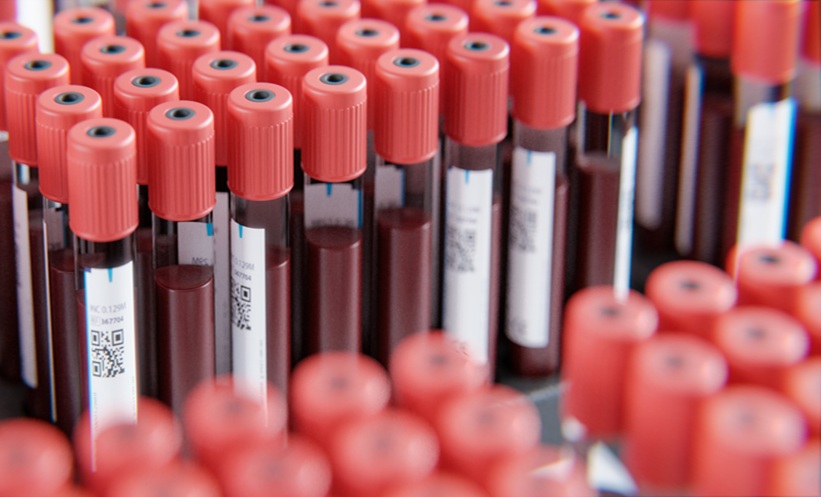ONE option for treating high-risk localised prostate cancer is radical prostatectomy (RP), as discovered in an observational study from the University of California, San Francisco, USA, which showed favourable survival outcomes.
The current study used data from the 2017 Cancer of the Prostate Strategic Urologic Research Endeavor (CaPSURE) registry, including 11,864 men with biopsy-proven clinical T1-3aN0M0 disease, 764 of whom died from their cancer over a median of 9.4 years. Using RP as the reference, prostate cancer-specific mortality was significantly increased by 1.6 times in men who underwent brachytherapy (BT) or external beam radiation therapy (EBRT), 2.4 times for men receiving primary androgen deprivation therapy (PADT), and 1.8 times for men opting to follow active surveillance or watchful waiting, after adjustment for Cancer of the Prostate Risk Assessment score. Cancer mortality differences were found to be negligible among those with low-risk disease, but increased progressively with higher-risk disease.
Of the cohort under scrutiny, 6,227 men (53%) underwent RP, 1,645 (14%) received BT, 1,462 (12%) underwent EBRT, 1,510 (13%) received PADT, and 1,020 (9%) were managed with active surveillance. After adjustment, compared with RP, risk of all-cause mortality was significantly increased; 1.4-fold with BT, 1.3-fold with EBRT, 1.8-fold with PADT, and 1.5-fold with active surveillance.
The investigators cautioned that residual confounding could not be ruled out due to the observational nature of the study, and described the changes which have been implemented since 2017 as a limitation to the usefulness and applicability of the registry utilised. The results of this work are expected to support a greater role for surgery to play in handling higher risk disease, providing evidence that are stable across a range of sensitivity analyses.








